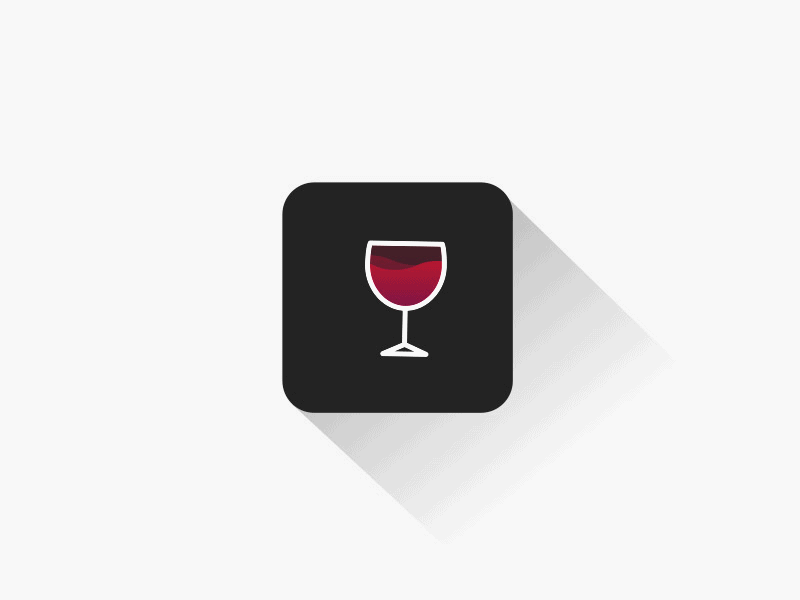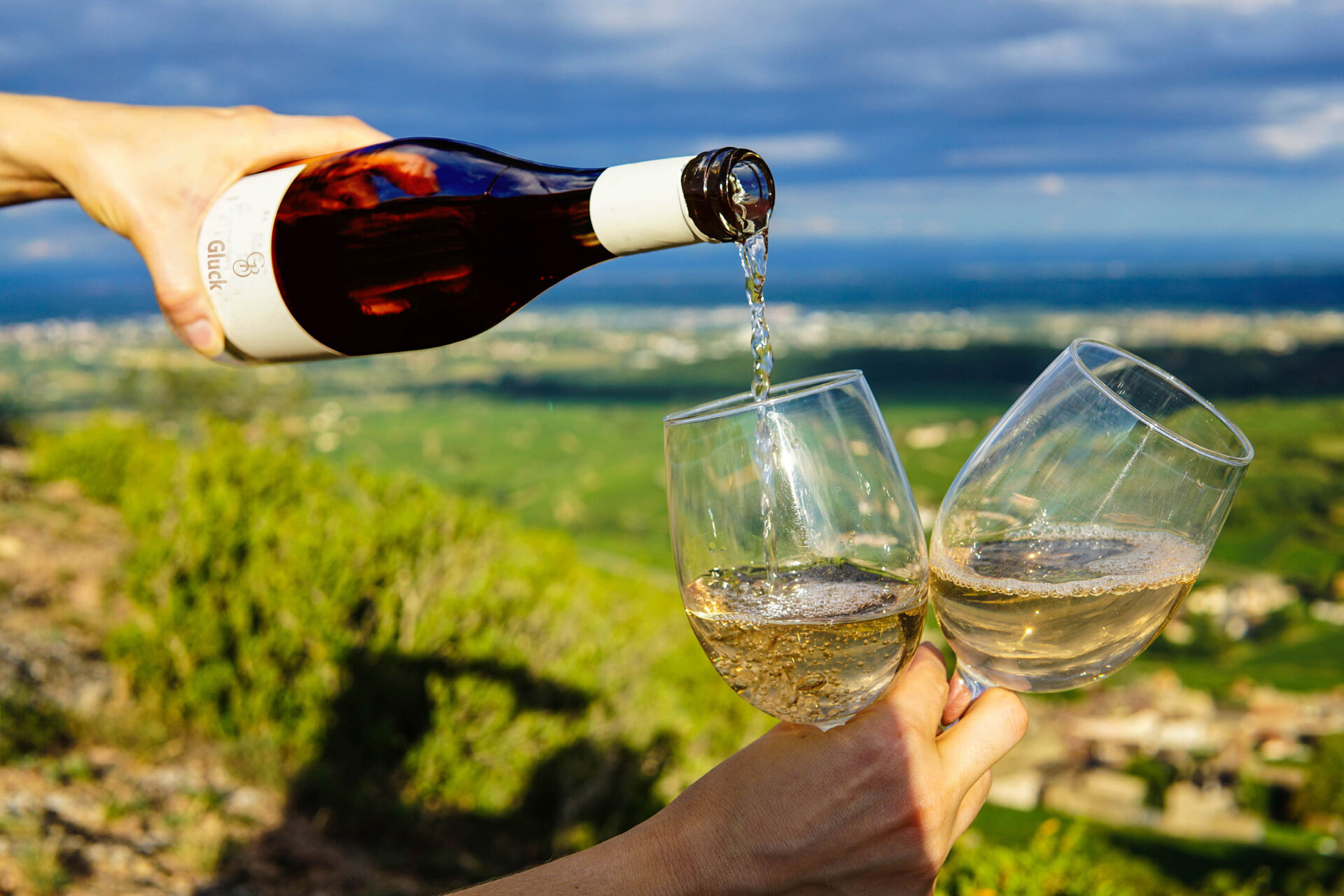Introduction Wine tasting is a beautiful art form that requires a combination of knowledge, experience, and skill. As a winemaker, I understand the importance of tasting wine to fully experience its complexity and nuances. In this blog post, I will be sharing some tips on how to taste wine like a pro.
The Basics of Wine Tasting The first step in tasting wine is to examine its appearance. Hold the glass up to the light and observe the color, clarity, and viscosity. Look for any sediment or bubbles in the wine. The color can give you a clue about the wine’s age and grape variety. For example, red wines tend to become lighter in color as they age, while white wines become darker.
Next, swirl the wine in the glass to release its aroma. Take a quick sniff and then take a deeper breath in through your nose. Try to identify different types of aromas, such as fruit, floral, or spice. If the wine has a flaw, such as oxidation or cork taint, you may be able to detect it in the aroma.
Finally, take a sip of the wine and let it sit in your mouth for a few seconds. Move it around to different areas of your mouth to fully experience its flavor and texture. Notice the acidity, tannins, and body of the wine. Try to identify different flavors, such as fruit, spice, or oak. Again, if the wine has a flaw, you may be able to detect it in the flavor.
Tasting Techniques To fully appreciate a wine’s flavor, it’s important to use the right techniques. Take a small sip and let it sit in your mouth for a few seconds before swallowing. This will allow the wine to fully coat your palate and release its flavor. Try to avoid swallowing too quickly or taking large gulps, as this can overpower the flavor of the wine.
Notice the wine’s acidity, which can range from tart to crisp to flat. High-acid wines tend to be more refreshing and pair well with rich or fatty foods. Tannins are another important element of wine, particularly in red wines. They create a dry, puckering sensation in the mouth and help to preserve the wine’s flavor. Tannins are more prominent in younger red wines and can soften over time.
Body is another key aspect of wine tasting. It refers to the weight and texture of the wine in your mouth. Light-bodied wines tend to be more delicate and pair well with lighter foods, while full-bodied wines have a more substantial mouthfeel and pair well with heavier dishes.
Enhancing the Tasting Experience To fully appreciate a wine’s flavor, it’s important to create the right environment for tasting. This means paying attention to factors such as lighting, ambiance, and temperature. Make sure the room is well-lit but not too bright, as this can affect the color of the wine. Try to create a quiet and relaxing atmosphere, free from distractions.
Temperature is another important factor to consider. Red wines should be served at room temperature, while white wines should be chilled. However, be careful not to over-chill white wines, as this can mute their flavor and aroma. It’s also important to serve wine in the right type of glass. A tall, narrow glass is best for sparkling wine, while a larger, rounder glass is ideal for red wine.
Finally, consider pairing your wine with appropriate foods. This can help to enhance the flavors of both the wine and the food. As a general rule, try to match the intensity of the wine with the intensity of the food. For example, a light-bodied white wine pairs well with seafood or salad, while a full-bodied red wine pairs well with steak or cheese.
Developing Your Tasting Skills Tasting
Wine is a skill that can be developed over time. The more you practice, the more attuned your palate will become to the subtle nuances of different wines. Here are some tips for improving your tasting skills:
- Keep a Tasting Journal: Taking notes on the wines you taste can be a helpful way to remember the flavors and aromas you’ve experienced. Write down the name of the wine, the vintage, and any other details that stand out to you, such as the winery or the grape variety. Note the color, aroma, flavor, and texture of the wine, as well as any other observations you have.
- Attend Wine Tasting Events: Wine tasting events are a great way to sample a variety of wines and learn more about different styles and regions. Look for events at local wine shops or wineries, or attend a wine festival or competition. These events can be a fun way to discover new wines and meet other wine enthusiasts.
- Join a Wine Club: Wine clubs can be a great way to try new wines on a regular basis. Many clubs offer monthly or quarterly shipments of wine, along with tasting notes and pairing suggestions. Joining a wine club can be a great way to expand your palate and learn more about different wines.
- Experiment with Food Pairings: Wine and food pairings can be a fun way to discover new flavor combinations. Try pairing different types of wine with different foods, and take note of how the flavors complement or contrast with each other. Keep in mind that there are no hard and fast rules when it comes to wine and food pairing, so feel free to experiment and find what works best for you.
- Compare Wines Side-by-Side: Comparing wines side-by-side can be a helpful way to identify the subtle differences between different styles or regions. Choose two or more wines that are similar in style or varietal, and taste them side-by-side. Take note of the similarities and differences in color, aroma, flavor, and texture.
Conclusion Tasting wine is an art that requires a combination of knowledge, experience, and skill. By following the tips outlined in this blog post, you can improve your tasting skills and fully appreciate the complexity and nuances of different wines. Remember to pay attention to the wine’s appearance, aroma, and flavor, and use the right techniques to fully experience its flavor and texture. By practicing regularly and experimenting with different wines and food pairings, you can develop your palate and become a true wine connoisseur.


